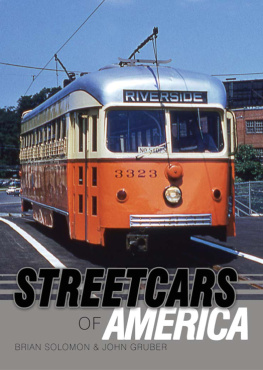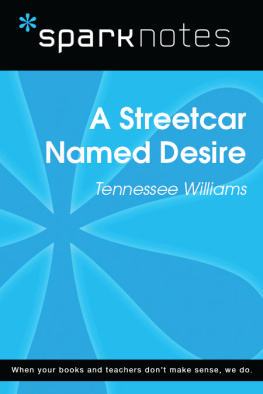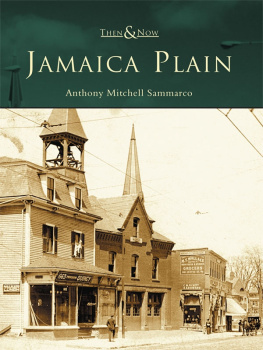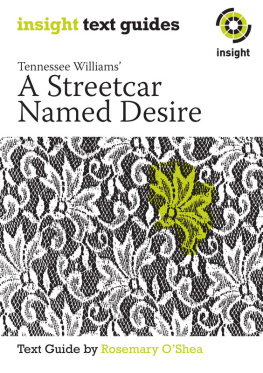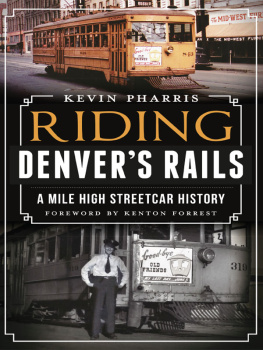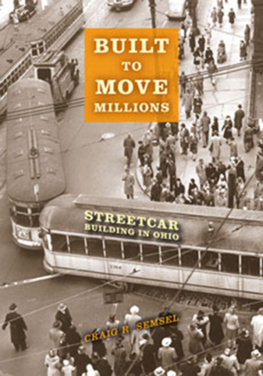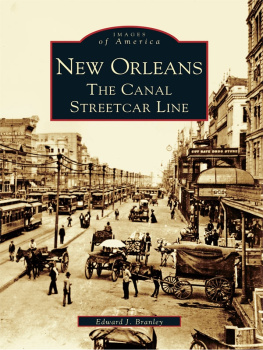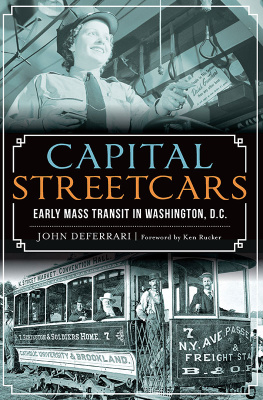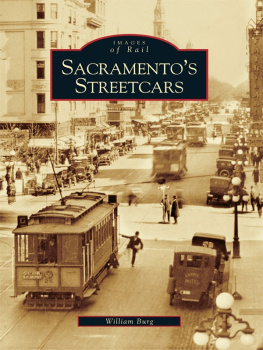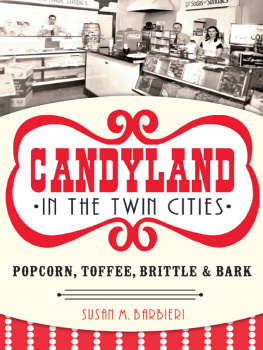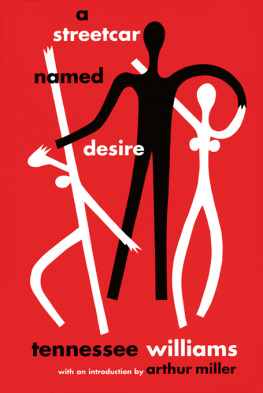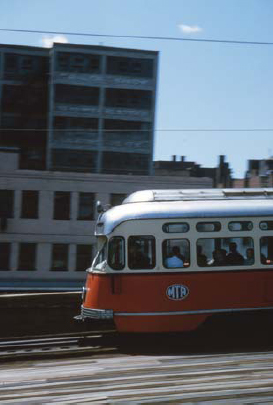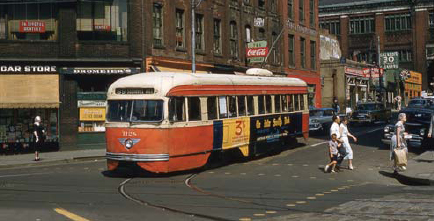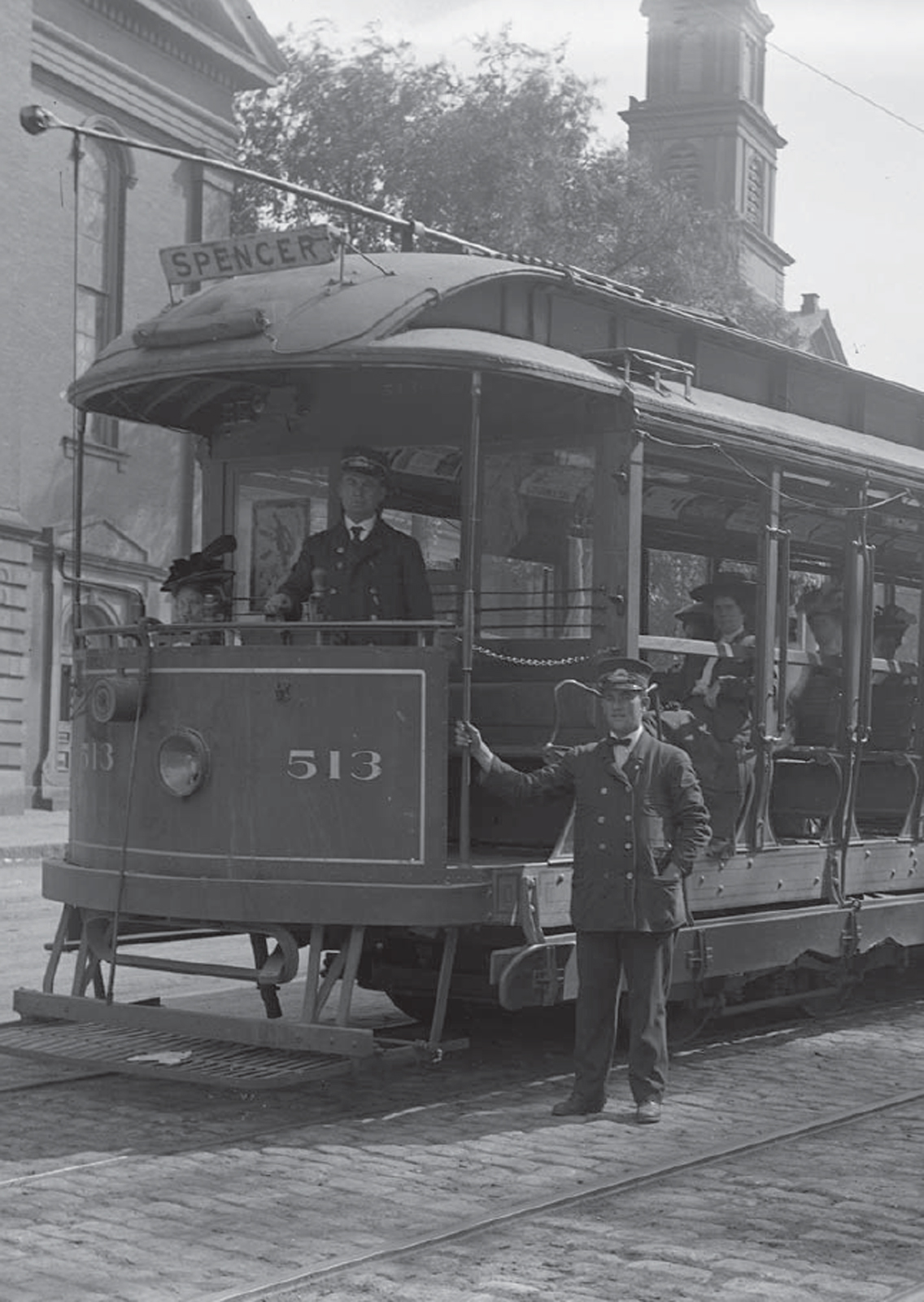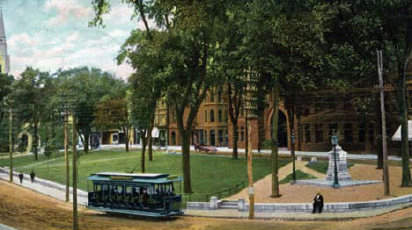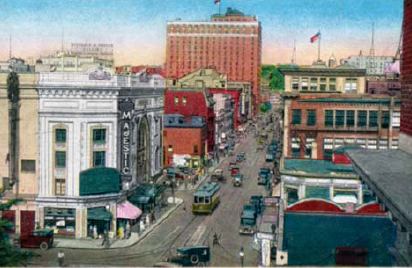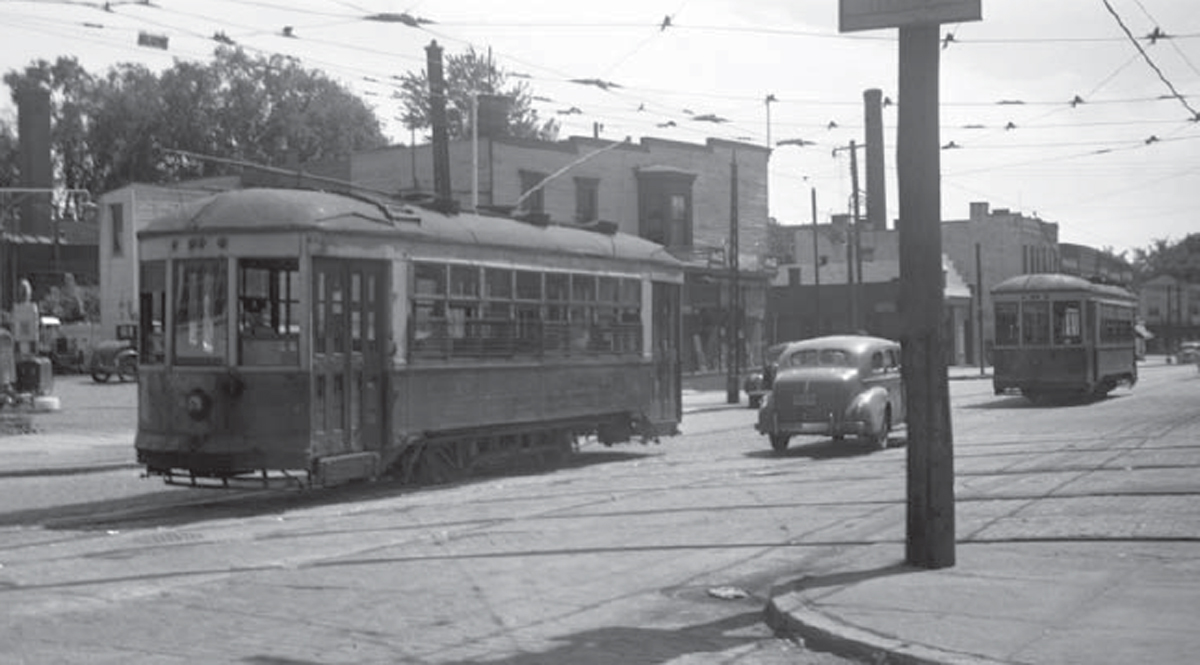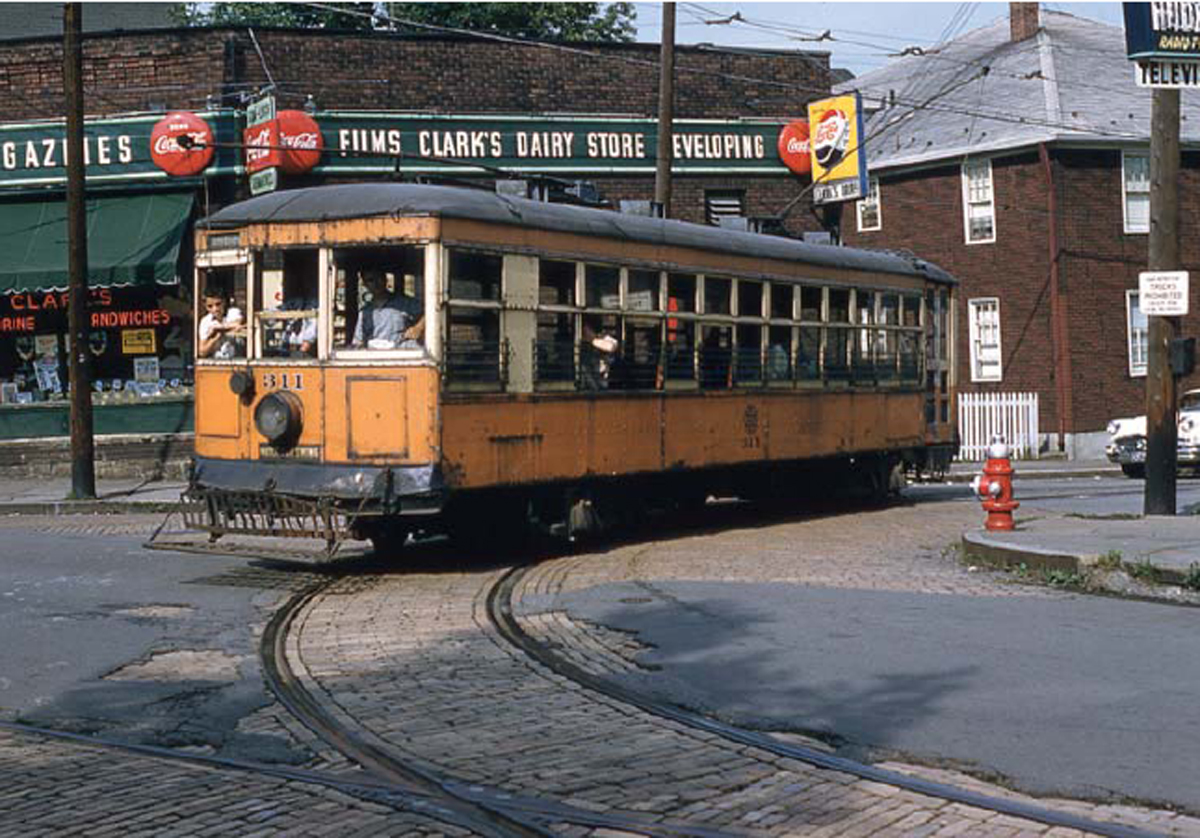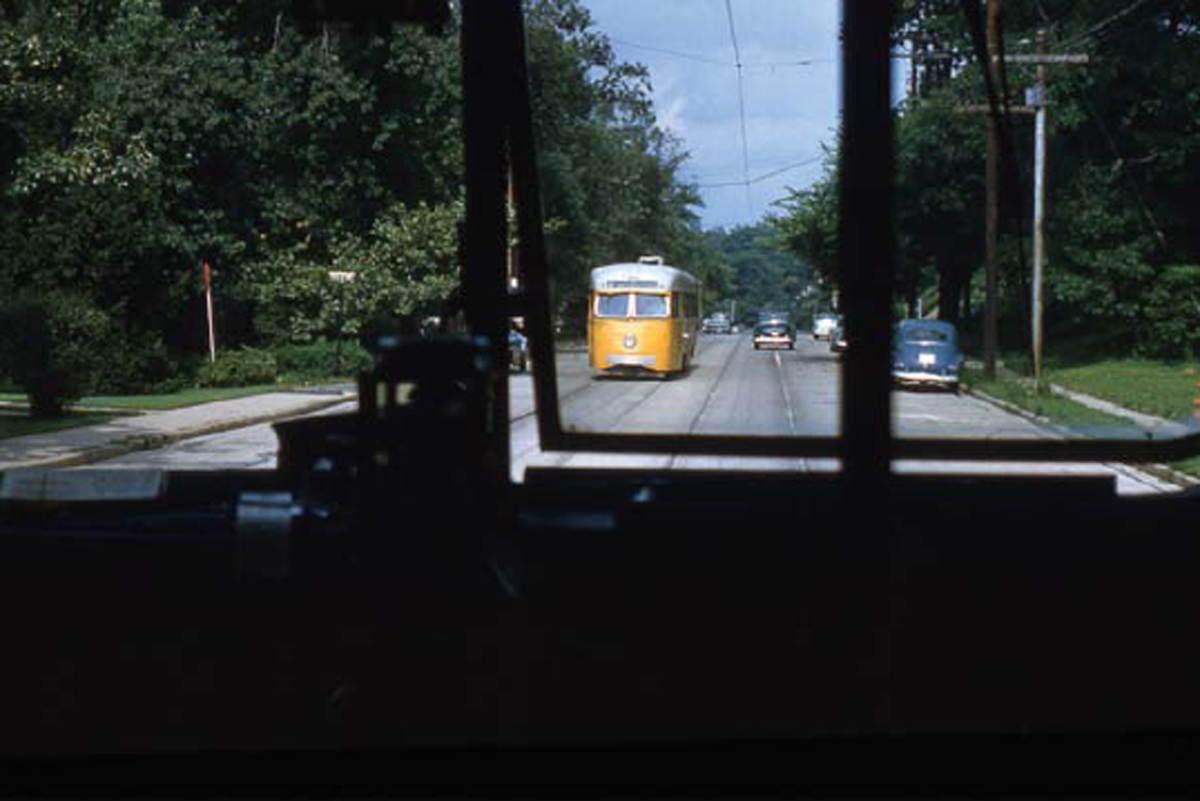STREETCARS OF AMERICA
John Gruber & Brian Solomon
A Boston MTA PCC glides off the elevated at Lechmere. (Richard Jay Solomon)
SHIRE PUBLICATIONS
A Pittsburgh Railways PCC takes a corner at Diamond Street at 3 p.m. on July 9, 1958. Pittsburgh. (Richard Jay Solomon)
CONTENTS
Motorman and conductor pose with their double-truck open car at Salem Square in Worcester, Massachusetts. This was bound for Leicester and Spencer, Massachusetts. Many New England street railways used open cars like this one in warmer months.
INTRODUCTION
A WHIRR of motors and clang of bells announced the electric streetcar. In the late nineteenth and early twentieth century, before the dominance of automobiles, electric railway cars were a common fixture of cities and towns across North America. Well-polished tracks and overhead wires defined streetcar routes. The novelty of trolley cars was supplying the masses affordable and convenient urban transport.
In the early days trolley cars themselves were built to a few common patterns, and yet were produced in uncountable varieties. Colorful bouncing trolley cars were as much a feature of American life as was baseball, newspapers, and the corner store.
Millions rode the cars daily. Trolley cars took workers to their jobs, children to school, and housewives to downtown shops and department stores. On weekends, trolleys provided leisure, bringing people to the seaside, to lakes, to specially built amusement parks, and in summer on rides away from the city heat.
Electric street railways made their debut in the 1880s. These were among the earliest commercial applications for electricity. Yet early efforts were plagued with technical problems as inventors perfected practical means for harnessing the new technology. Public fear and skepticism of electricity didnt help matters. While some thought the idea was ridiculous, others were terrified by the prospects of electrical power. People asked, How could lightning be a safe way to propel a railway car?
However, the limitations of horse-drawn trams and an insatiable demand for transport fueled the need for refined technology. As soon as it became practical to run cars with electricity, the concept was widely adopted. In 188788, Frank J. Sprague demonstrated the first large commercially successful electric railway, in Richmond, Virginia. Within a year hundreds of similar schemes were being considered, and by 1900 most large American cities had electric streetcars whirring through their streets.
Trolleys were popular postcard subjects in the early twentieth century. A classic single-truck open car is portrayed at Park Place in Rockville, Connecticut, in this hand-tinted view about 1906. By 1910, most of Connecticuts electric street railways were controlled by the New Haven Railroad.
The concept was pushed further, and in the 1890s the interurban railway was born. Electric cars connected cities with smaller towns, and no longer was the street railway limited to major centers. Soon tiny towns all across the nation had one-track trolleys running through their streets or along the sides of country roads.
The streetcar boom peaked in the first decade of the twentieth century. By the end of World War I, the popularity of the streetcar was already beginning to wane. Public investment in paved streets facilitated commercial development of the automotive industry, and what began as a rich mans leisure vehicle rapidly evolved into everymans transport. The advances of the automobile first doomed the light interurban electrics, and then threatened city streetcars too. Automotive technology allowed for development of the motor bus, which rapidly became the chief competition for streetcar lines. Widespread abandonment of streetcar lines began in the 1920s and accelerated in the 1930s, when most small towns and cities dispensed with trolleys in favor of buses.
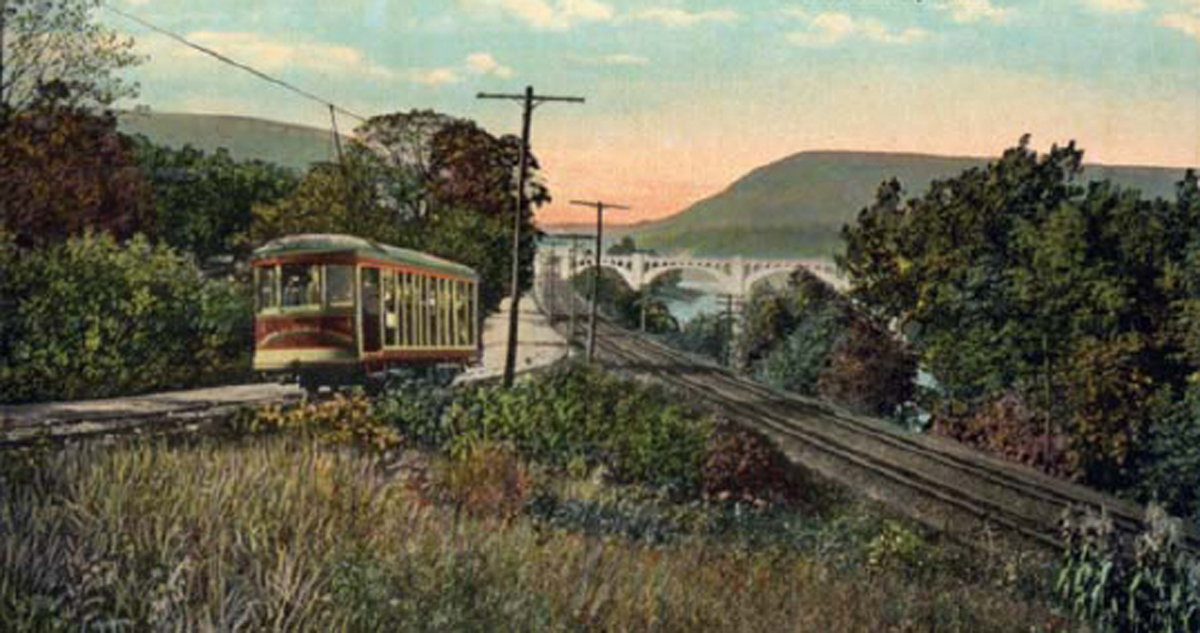
An interurban electric car runs along the roadside at the Delaware Water Gap. Between 1907 and 1928, this short-lived line connected Stroudsburg, Pennsylvania with the Delaware Water Gap. The tracks to the right and the bridge beyond were both owned by the Lackawanna Railroad.
In the early twentieth century, no major city street was complete without a streetcar. Providence, Rhode Island, like all New England cities, enjoyed transport by electric streetcars.
On July 24, 1946, Birney safety cars grind along the streets of Albany, New York, surrounded by the automobiles that contributed to their demise.
Not only were buses free from the constraints of railway infrastructure, allowing routes to be easily changed, but they also offered curbside service, obviating the long-standing problems associated with boarding streetcars in the middle of the street. In congested areas, buses were better able to navigate traffic jams. Perhaps most important was the change in attitude toward trolley cars. In their early days trolleys represented the zenith of modern technology, but by the 1930s they seemed old fashioned. As America tired of electricity and embraced automotive culture, the city governments that had been so eager to adopt streetcars a generation earlier were now keen to get the old cars off the streets, clearing the way for automobiles.
Yet, despite an overall decline in the industry, streetcar companies sought ways to improve their services and modernize their appearances. In 1929, the presidents of key streetcar companies united to form a design team to develop a modern standardized car that incorporated the latest fashions in transport and offered a better ride.
Johnstown Traction Company Birney car takes the corner at Chandler and Strayer Streets in Oakhurst, Pennsylvania, on July 6, 1958. This double-track Birney car was built in Springfield, Massachusetts, by the Wason Manufacturing Company. Today it is preserved in working condition at Pennsylvanias Rockhill Trolley Museum.
The breeze from the open front window was appreciated on this sultry afternoon in August 1958. Unairconditioned PCCs working Baltimores No. 8 Catonsville route pass near Poplar Avenue.

